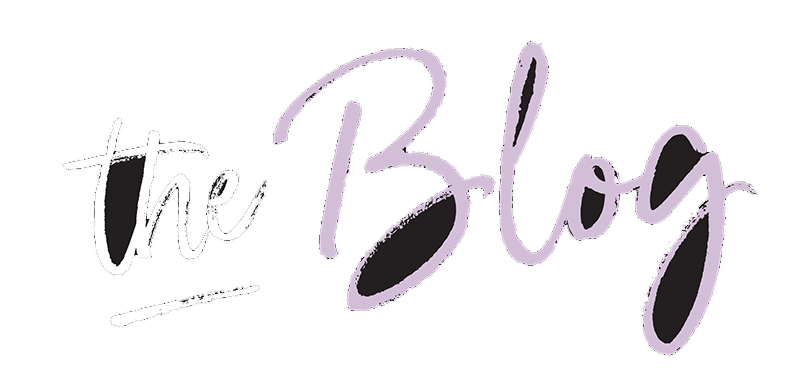Who wouldn’t want a flat-toned tummy? Even when we adhere to a diet and exercise regimen, the result is not always exactly what we had hoped for in the tummy department. Child-bearing, previous obesity, and familial traits can all lead to a less-pleasing-than-desired appearance in the abdominal area. If you are among those who are frustrated with the appearance of their midsections, body contouring surgery may be a great benefit to you.
It can be confusing as to what procedure is right for you. Seeking the advice of a board certified plastic surgeon such as myself is the right place to start. After hearing your goals and giving you a brief exam, I can design the surgical plan to provide a wonderful result. Many patients who consult with me regarding abdominal area issues originally seek liposuction in Scottsdale or Mesa. Liposuction is a wonderful tool that allows sculpting of the trunk and many other areas of the body. In regards to the abdomen, good candidates for liposuction are within 10 to 20 pounds of their ideal body weight and have good quality skin on their abdomen. The fatty tissue between the skin and the abdominal wall is suctioned away through very small incisions in the belly button and pubic area. Many times, another small incision is place over the tail bone so that the love-handle area and waistline can be treated. This provides three-dimensional contouring and a more complete result.
If there is extra skin on the abdomen, liposuction alone is not the best treatment. If liposuction is applied to an area where extra skin exists, the skin will become even more lax and droopy. Even though some laser and ultrasound liposuction techniques have been reported to tighten skin, I have not been impressed with the results. In general, if the skin is lax, it needs to be removed to provide the best cosmetic result. An abdominoplasty or tummy tuck involves making an incision across the lower abdomen, below the bikini line. The length of the incision depends on the amount of skin to be removed. If there is excess skin above the belly button as well, the incision will generally need to extend hip bone to hip bone.
The skin and fatty tissue are lifted off the abdominal wall. The belly button is released from the overlying skin and left attached to the abdominal wall. The extra skin is then advanced downward and the excess is excised. The abdominal wall muscles are then tightened with a girdle stitch. This repairs any stretching that has occurred due to previous pregnancy or obesity. The belly button is then brought through the skin in its normal position. It is common to liposuction the waistline and love-handle area during a tummy tuck to provide the best result.
There are different types of tummy tucks, and the type used depends on the goals of the patient and the exam. Many patients desire the shortest scar possible and request a mini-tummy tuck. Very few patients are good candidates for this procedure. It involves a short incision beneath the bikini line that allows tightening the muscles below the belly button and removing a small amount of skin near the incision line. If any excess skin exists above the belly button, this procedure will not improve it. Also, if stretch marks are present more than four inches above the incision, they cannot be removed with this approach.
The other end of the spectrum is called an extended tummy tuck. This is generally performed in patients who have had massive weight loss and have skin that extends around their sides. The incision is extended around the lower trunk and sometimes even circumferentially to allow removal of excess skin around the lower torso.
Recovery times are different between a tummy tuck and liposuction. Liposuction is performed under general anesthesia as an outpatient. A compression garment is worn over the treated areas for three weeks. No exercise or lifting is allowed during this time to avoid increasing swelling. Bruising persists for seven to ten days. Most people return to sedentary work within a few days. Soreness is mild-to-moderate in the majority of patients. The final result is visible about three months after surgery, but nice improvements are visible as early as three weeks following surgery.
Abdominoplasty is performed under general anesthesia and requires a one-night stay in the recovery care center. Drainage tubes are in place for a few days to allow swelling fluid to exit. A compression garment is recommended for three weeks. Patients generally require assistance at home for the first few days, and then function well on their own. Most patients return to work ten days to two weeks following the procedure. No lifting or exercise is allowed for six weeks so that the girdle stitch in the abdominal wall has time to heal. Results are visible immediately and improve to the final result at three to four months post-operatively.
Aggressive treatment of the scar begins at approximately three weeks after surgery. Topical medications are massaged into the scar daily. Silicone gel sheeting is worn over the scar for several hours a day to help it to fade more quickly. This is a thin clear adhesive bandage that was originally developed to minimize burn scars. The scar reaches its mature appearance at about one year post-operatively.
Body contouring procedures allow you to have the body you desire, but can’t always accomplish with diet and exercise. You are only a consultation away from learning exactly what you need to obtain your goals regarding your abdomen’s appearance.
Tags: scottsdale liposuction, mini tummy tuck, scottsdale tummy tuck, tummy tuck scottsdale, scottsdale abdminoplasty, abdominoplasty scottsdale, mesa tummy tuck, tummy tuck mesa, liposuction vs. tummy tuck, tummy tuck or liposuction, liposuction scottsdale, extended tummy tuckCategorized in: Tummy Tuck, Popular


